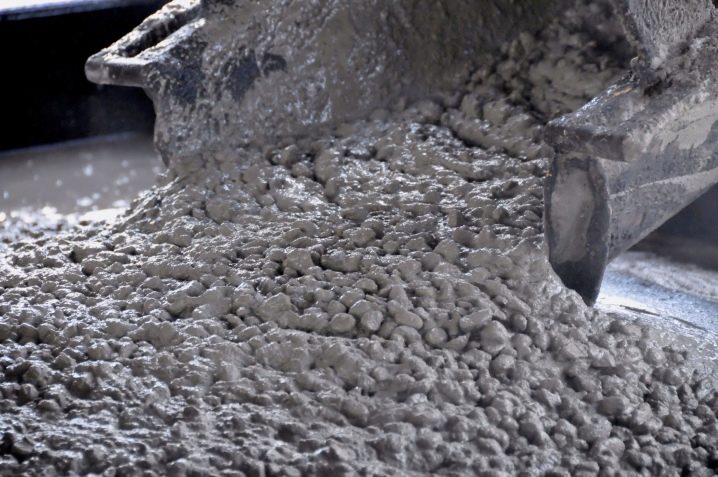Cement Slurry Stability Test
The Cement Slurry Stability Test is a critical procedure in the oil and gas sector designed to evaluate the performance of cement slurries used in oil well construction. This test ensures that the slurry maintains its integrity during transportation, placement under pressure, and curing at high temperatures and pressures typical of deep underground formations.
The stability of cement slurry is paramount because it directly influences the quality of the cement sheath around the casing pipe. Poorly stabilized slurries can lead to formation leaks, reduced well integrity, and increased operational costs. Therefore, understanding how to conduct this test accurately and interpret its results is essential for maintaining high standards in oil and gas operations.
The Cement Slurry Stability Test involves several key steps: preparation of the slurry, setting up the testing apparatus, conducting the stability assessment, and analyzing the results. The primary objective is to assess whether the cement slurry remains stable under simulated downhole conditions, including temperature and pressure variations. This ensures that the final product will perform as expected in real-world scenarios.
The test typically follows standards such as ISO 14685:2017 or ASTM C918-14 for consistency and reliability. These guidelines provide specific protocols on specimen preparation, equipment calibration, temperature control, and pressure application methods.
For the test to be effective, it is crucial to ensure that all materials used are of high quality and meet industry standards. This includes not only the cement but also any additives or chemicals incorporated into the slurry. Properly prepared samples should then undergo rigorous testing in controlled laboratory environments replicating downhole conditions as closely as possible.
The stability of the cement slurry is assessed using various techniques, including visual inspection for initial signs of separation or settling, rheological measurements to monitor changes in viscosity over time, and mechanical tests like tensile strength evaluations to gauge resistance against external forces. These metrics provide comprehensive insights into the overall quality of the slurry, highlighting any potential issues that need addressing before deployment.
In addition to its role in ensuring well integrity, a stable cement slurry also plays an important part in enhancing production efficiency by reducing downtime and minimizing environmental impacts associated with leakages or compromised formations. By adhering strictly to established procedures and utilizing advanced analytical tools, operators can achieve more reliable outcomes, thereby contributing significantly towards safer and more sustainable oil drilling practices.
Why It Matters
The importance of conducting a Cement Slurry Stability Test cannot be overstated. In the context of oil well cement testing, this procedure serves as a vital quality assurance measure aimed at preventing failures that could result from substandard materials or improper procedures during field operations.
- Preventing Formation Leaks: Stable slurry forms an effective barrier between the production casing and surrounding formations. Poorly stabilized slurries can lead to leaks, which not only compromise well integrity but also pose significant risks regarding containment of hydrocarbons and other hazardous substances.
- Enhanced Well Integrity: Ensuring that the cement slurry remains stable under extreme conditions helps maintain robust seals around the casing. This resilience is crucial for sustaining long-term operational efficiency and safety standards within drilling operations.
By performing this test, quality managers and compliance officers can verify adherence to industry best practices while R&D engineers gain valuable data points that inform continuous improvement efforts aimed at developing next-generation cement formulations. Furthermore, procurement teams benefit from this information when selecting suppliers capable of delivering consistent performance across multiple projects.
Environmental and Sustainability Contributions
- Emission Reduction: Stable slurries contribute to reduced emissions by minimizing leaks that could otherwise release volatile organic compounds (VOCs) into the atmosphere. This helps in meeting environmental regulations while promoting cleaner energy practices.
- Resource Conservation: Through more efficient use of resources, including water and chemicals, stable slurry formulations help conserve natural resources during drilling processes. This aligns with broader sustainability goals by optimizing material utilization.
The Cement Slurry Stability Test plays a pivotal role in fostering sustainable practices within the oil and gas industry. By ensuring that cement slurries meet stringent quality criteria, this test supports efforts to mitigate environmental impacts associated with drilling activities while enhancing overall operational efficiency and safety standards.
Competitive Advantage and Market Impact
- Enhanced Reputation: Adherence to rigorous testing protocols establishes a strong reputation among clients, partners, and stakeholders. This trust fosters long-term relationships and opens doors for future collaborations.
- Innovation Leadership: Consistently producing reliable results encourages innovation in cement technology and formulation techniques. Leading-edge advancements can set companies apart from competitors, driving market growth and expansion opportunities.
The Cement Slurry Stability Test is instrumental in achieving these competitive advantages by providing precise measurements of slurry performance under simulated downhole conditions. This ensures that operators are equipped with accurate data to make informed decisions, ultimately leading to enhanced productivity and profitability across the industry.





